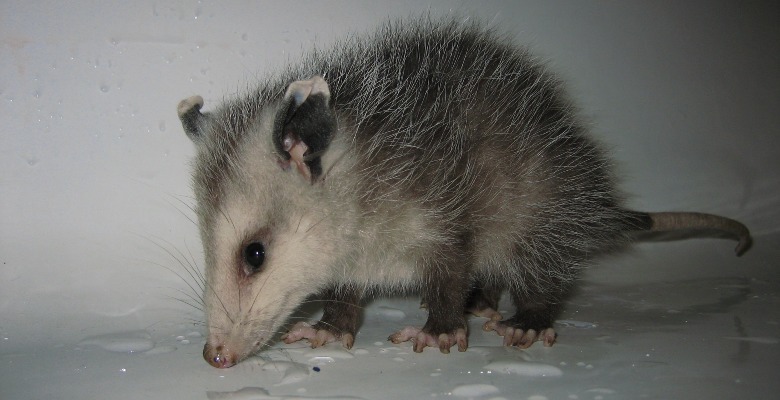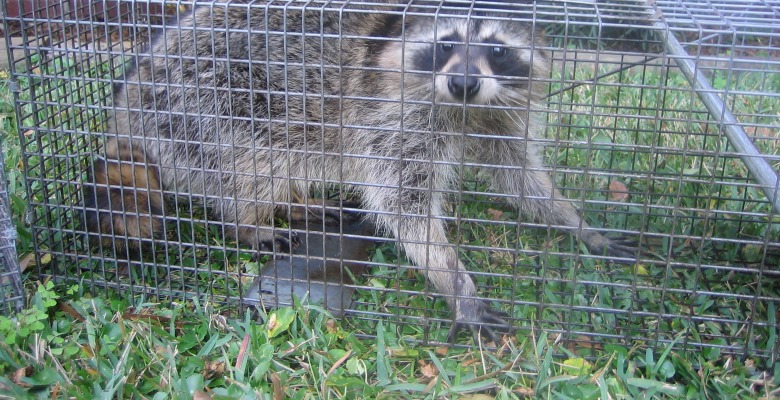It's you're lucky day; you've finally found a website that talks about wild animal repellant. Finally, you're about to find out what you need to...


Wild animals can expose humans and pets to a number of diseases. Some of these issues, like rabies, are well-known, but others may not be so obvious. some of the diseases wild animals can transmit to humans and pets include:
Rabies: Top on everyone’s list of wild animal diseases is usually rabies. It’s the most well-known in the country, perhaps because there is no cure and the virus is almost always lethal. To date, there has only been one confirmed case of rabies in a human where the individual survived. Any mammal can contract rabies, and the virus, once inside the body, attack the nervous system and eventually turns on the organs as well. Animals with rabies can transmit the virus through bites or scratches–any form of contact with infected saliva. Some nuisance animals are known to be frequent carriers of rabies, including bats, skunks and raccoons.
Leptospirosis: Leptospirosis is a common term in the veterinary world. In fact, if you have a dog, there is a good chance it received a vaccine for leptospirosis in combination with its distemper vaccination. A bacterial infection, leptospirosis is transmitted from contact with infected urine. The urine does not have to be fresh; this bacteria can live in soil and water for up to several years. Raccoons and wild rodents are typical carriers for leptospirosis and they can pass this disease on to humans, dogs, horses, cattle, and pigs. Leptospirosis can lead to kidney damage, meningitis (inflammation of the membrane around the brain and spinal cord), liver failure, respiratory distress, and even death.
Hantavirus: People are slowly becoming more familiar with hantavirus. As its name implies, this disease is caused by a virus, one found in urine and feces, particularly from rodents. Homeowners often aren’t aware that just by sweeping up rat or mouse droppings, they are potentially pushing hantavirus particles into the air where they can be inhaled. This virus causes severe respiratory distress and often requires hospitalization to treat.
Hisoplasmosis: Histoplasmosis is caused by fungus spores that like to grow around bird and bat droppings. The more birds and bats in an area, the greater the exposure to histoplasmosis will be. Most people don’t realize they have this condition. It manifests as difficulty breathing, but often goes away on its own. Some individuals, however, need hospitalization to treat the fungal infection, and may suffer complications for up to several years post-exposure.
We can help! As America’s largest wildlife control company, we service over 1000 locations across the USA. Call us today to check our prices in your town.
Toxoplasmosis: Pregnant women are familiar with the link between toxoplasmosis and cats. Cats are the prime route of exposure when people get this disease, and it is because cats can carry toxoplasmosis and shed it in their feces. Toxoplasmosis is a parasitic disease, and while it is rarely fatal, it can cause complications during pregnancy. We often consider cats to be domestic animals, but feral cats–wild cats–can be nuisance animals in more populated areas of the country.
Tick and flea diseases: Ticks and fleas may seem common when dealing with house pets, but wild animals also carry these tiny external parasites. In fact, wild animals tend to have far more ticks and fleas than family pets simply because they are outside all of their lives. There are a handful of diseases humans can get from ticks, but the most notorious–and the fastest spreading–is Lyme disease. Lyme disease was once a concern only for warmer states, but as winters grow milder, summers grow hotter, and people do more traveling with their animals, this illness has spread all the way up into Canada. Lyme disease can be recognized by a characteristic rash at the site of a tick bite, but not all cases have this tell-tale symptom. More commonly, Lyme disease manifests as extreme pain in the joints and a fever. If left undiagnosed, Lyme disease can cause serious organ damage and eventually lead to death.
Fleas are less of a concern aside from their annoying bites, but even fleas can carry potentially deadly disease. Plague is transmitted by fleas, and even though we’d like to think plague isn’t an issue in North America, there are pockets of it still present all over the world. As recently as 2014, health officials in Colorado issues a public health warning that wild rodents had been identified with plague. Homeowners were advised to keep pets inside; pets interacting with wildlife is one of the easiest ways for plague to spread. All it takes is for one infected flea to hitch a ride on a dog and suddenly the entire household is in danger. Plague has a rapid onset, and can result in internal hemorrhaging within several days. Chills, fever, headache and weakness are classic early warning signs. Unfortunately, they mimic the symptoms of the flu and misdiagnosis is common.
Salmonella: Salmonella is a type of bacteria usually indicated in food poisoning from eating undercook poultry. Birds are not the only carriers of the bacteria, however. Salmonella is a concern with reptiles as well; another reason to avoid trying to handle any snakes that are in the yard.
Leprosy: One of the less common illnesses wild animals can pass to humans is leprosy. This bacterial infection is a concern for people handling armadillos, but even more so for those who eat undercooked armadillo meat. Leprosy causes severe, disfiguring sores on the body and does significant nerve damage. Early symptoms include pale sores, loss of sensation in the extremities, and organ dysfunction. Unfortunately, it can take as long as 20 years for leprosy to manifest symptoms, making the cause of this disease difficult to pinpoint.
Over 1000 locations across the United States!


It's you're lucky day; you've finally found a website that talks about wild animal repellant. Finally, you're about to find out what you need to...

There are many myths out there regarding humans and baby wild animals; if you touch it the mother won't take it back, etc. The truth is less severe,...

The best bait to catch a wild animal will depend on the animal in question. When it comes to nuisance wildlife, many of these creatures are...